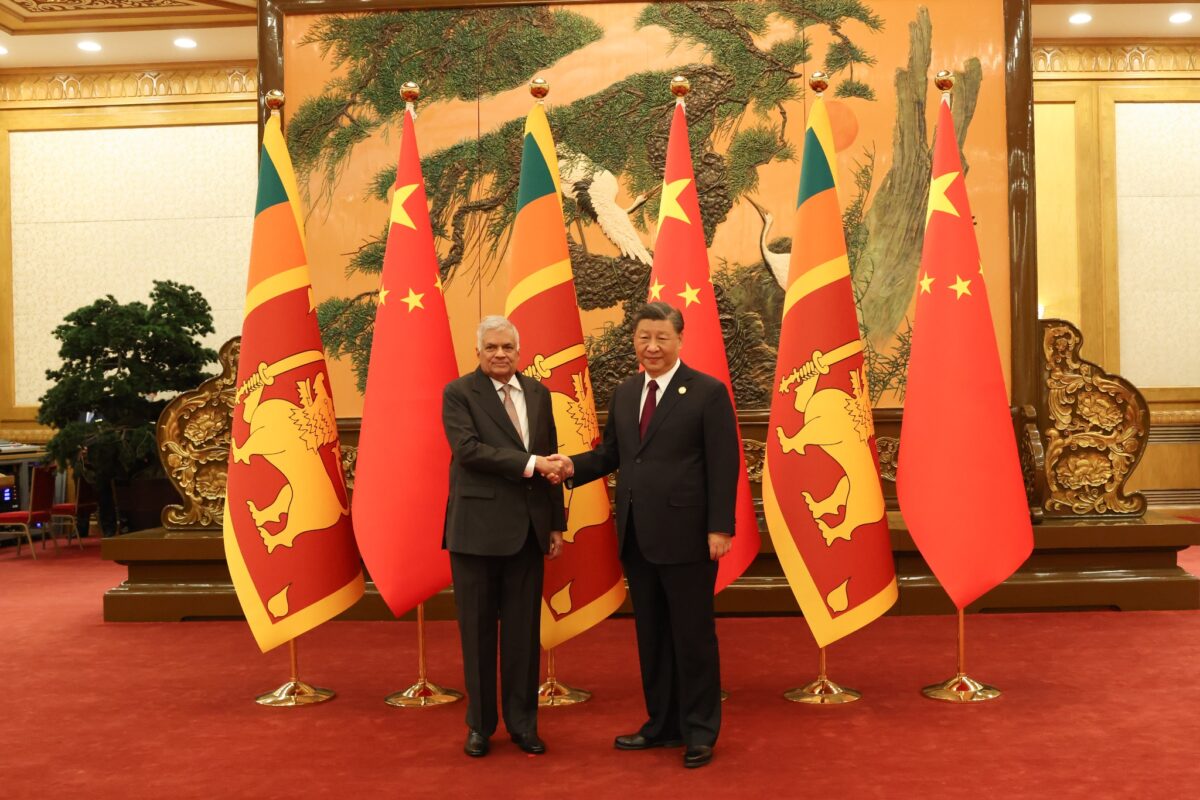In the 21st century, China‘s geopolitical ambitions have become increasingly evident through a strategy commonly known as “debt trap diplomacy.” This intricate approach involves extending substantial loans to developing countries, primarily for infrastructure projects. However, behind the façade of economic development lies a complex web that can be challenging for nations to escape. In this article, we will delve deeper into the nuances of China’s debt trap diplomacy, examining specific cases, its implications on recipient countries, and the global ramifications.
The Mechanism of Debt Trap Diplomacy
China’s debt trap diplomacy is not a straightforward economic transaction; it is a well-thought-out strategy aimed at fostering economic dependency and gaining geopolitical leverage. Beijing provides loans to developing nations for significant infrastructure projects, often under conditions that include high-interest rates and collateral agreements. As recipient countries struggle to meet their financial obligations, they become trapped in a cycle where securing additional loans becomes a necessity, further indebting them to China. This results in a scenario where Beijing can exert influence on the economic policies and decision-making processes of these nations.
Infrastructure Projects and Hidden Agendas
The financing of large-scale infrastructure projects is a central element of China’s debt trap diplomacy. While these projects may appear beneficial on the surface, critics argue that they often serve China’s strategic interests more than the recipient country’s development. For instance, the construction of ports, railways, or energy facilities not only expands China’s economic reach but also enhances its geopolitical influence. Analyzing specific cases reveals how seemingly altruistic infrastructure investments can mask deeper geopolitical motives.
The Sri Lankan Port Saga
The Hambantota Port in Sri Lanka stands as a poignant example of the impact of debt trap diplomacy. Unable to meet the repayment obligations, Sri Lanka found itself compelled to hand over control of the strategically located port to China on a 99-year lease. This move raised international concerns about China’s expanding maritime influence and its ability to leverage economic debts for strategic gains. The Hambantota Port saga serves as a cautionary tale for other nations considering Chinese financing for their infrastructure projects.
Economic Dependency and Sovereignty Erosion
Countries falling into the debt trap find themselves not only economically dependent on China but also subject to significant erosion of their sovereignty. China’s influence extends beyond economic matters, with indebted nations often pressured into policy concessions and aligning with Chinese diplomatic positions. The erosion of sovereignty becomes a critical concern, prompting questions about the long-term consequences of such economic dependency on China. As nations weigh the benefits of infrastructure development against potential risks, they must carefully navigate the delicate balance between economic progress and the protection of their national interests.
Global Ramifications and Countermeasures
The implications of China’s debt trap diplomacy extend far beyond the individual nations involved. The international community has begun to take notice, raising concerns about the potential negative impacts on global economic stability and security. In response, some countries are exploring countermeasures, such as increased scrutiny of loans and the promotion of transparent lending practices. International institutions are also calling for collective efforts to address the challenges posed by China’s expanding economic influence.
China’s debt trap diplomacy is a multifaceted strategy that intertwines economic, diplomatic, and geopolitical interests. As more countries grapple with the consequences of indebtedness to China, the international community must remain vigilant. Balancing the benefits of infrastructure development with the risks of economic dependency is crucial to navigating the complex terrain of China’s expanding global influence. Only through collaborative efforts, informed decision-making, and a commitment to transparency can nations safeguard their sovereignty and economic well-being in the face of debt trap diplomacy.



